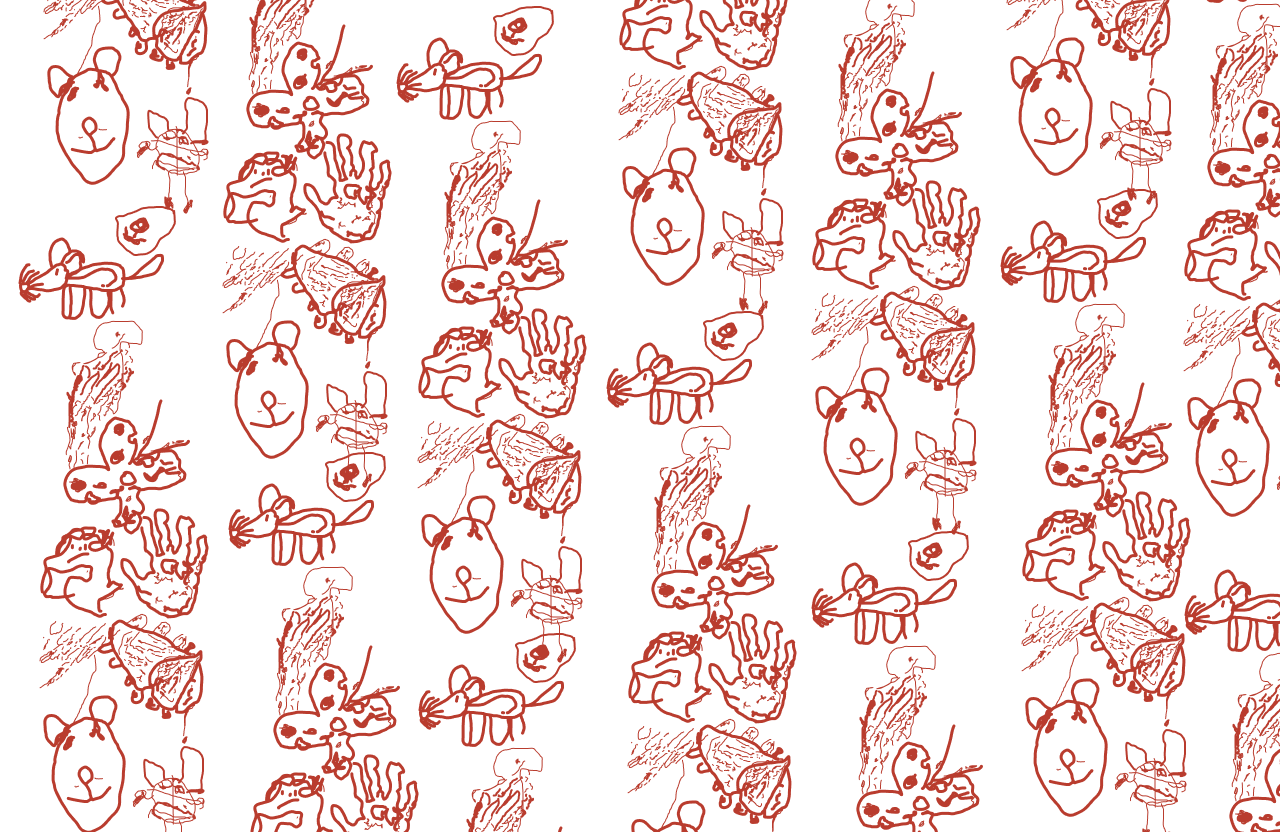
Scribbling and drawing optimize natural, neural pathways into the more complex tasks of writing and reading words and other marks, or symbols.
Books
Susan Rich Sheridan, Ed. D. is the author of three books designed to help students of all ages grow as writers and readers.
Drawing/Writing is a five-step lesson plan designed for easy use by parents and teachers.
Whether your interest is homeschooling, ESL or TOFL education, early education, middle or high school education, college English or studio arts, prison literacy programs, LD and ADD, TAG or multicultural education, arts-based learning, lifelong learning, senior education and/or enrichment, this tightly organized drawing and writing practice provides invaluable teaching and learning tools. Because these tools combine a visual approach with a verbal approach, Drawing/Writing is not only an interdisciplinary procedure, but, by being so "brain-like," this program is integrative and creative. The student's own drawings quickly become more powerful through this instructional five-step - while still remaining personal. No one in a Drawing/Writing class draws like anyone else.
It is through these personal, powerful drawings that the student progresses into complex symbolic thought, including writing, reading, geometry, algebra — even into fractal mathematics. Uniquely, humans learn to represent thoughts outside their brains, and, then, to share them, using marks of meaning, and, of course, through spoken words, or speech.
Marks and Mind is the name of a new educational field of study about what makes human beings different:marks of meaning-for instance, drawings, the written word, mathematical symbols, and musical notation.
The theory supporting this field is Neurocontructivism, or, literally, brain-building. This new, whole-brain educational field - as well as the term "Neuroconstructivism" - was invented by Susan Rich Sheridan, Ed. D over a lifetime of teaching art and English to students K-12, and at the college level. By combining drawing (a right-brain activity) with writing (a left-brain activity), teachers and students experience a densely integrated and deeply exciting approach to writing and reading, or literacy. Because drawing is a natural mark-making system for children, they embark upon the adventure of marks-based communication in a natural way, with ease and enthusiasm, as well as with increasing confidence. Drawing comes "for free" in the human brain. Speech, and reading and writing must to be learned.
This instructional approach, Drawing/Writing, is carefully outlined in the teacher manual Drawing/Writing and the New Literacy. The five-step program is also carefully outlined in Sheridan's other two books: Handmade Marks for parents and grandparents and early education teachers, and Saving Literacy, for educators, graduate students, and educational research. This step-by-step program is designed to be taught directly. A teacher new to Drawing/Writing simply works through the exercises with the students, using a carefully constructed script, which is fully illustrated.
For background information on Neurocontructivism as well as about the practice called Scribbling/Drawing/Writing, see Sheridan’s papers, “The Scribble Hypothesis,” and “A Theory of Marks and Mind.” Click on the titles to read the paper and to download them for free.
The New Literacy is the name for an expanded range of writing and reading skills, as suggested above.
We can learn all of these systems. In a sense, these expanded mark-making skills are our birthright, just as scribbling and drawing are birthrights. We are born being able to scribble and draw. These natural abilities may, with training, become other expressions of meaningful marks, both concrete and abstract.
To an unprecedented degree, a technological society requires communication skills. The ability to produce image as well as text is standard in this communication-rich world. Dr. Sheridan calls these complex skills "the new literacy." Children's natural drawing skills are often marginalized or misunderstood - even more so, their scribbling. Technology's requirements for a comprehensive visual/verbal literacy forces us to take a deeper look at children's spontaneous mark-making, or, at very young children's scribbling and drawing, gaining a deep respect for this spontaneous behavior as the place where literacy - in all its variety and scope - begins. Dr. Sheridan's books provide this deeper look at children's mark-making, encouraging the capabilities of our brains for speech and symbolic thought where it all starts -- in scribbling and drawing.
Being able to write and read depends upon core skills - including the ability to pay attention, and to communicate ideas, and to express emotions. These skills can be learned easily through training in drawing. Drawing is a universal skill. Everyone can draw. No one teaches us how. Drawing is a language instinct. Exercising this instinct gives children - and adults - joy, confidence, focus, and increased intelligence.
When talking and writing accompany drawing, verbal skills grow. A two-fold literacy develops, both visual and verbal. This “new literacy " is as old as paleolithic cave drawings and as new as computer technology. As language-users, humans have two unique characteristics: speech, and marks of meaning. Speech begins with the sounds of babbles. Literacy begins with the shapes of scribbles. Scribbles are equipotential: they can become anything: drawing, writing, mathematics, musical notation, computer programming.
The number of symbol systems any of us can learn depends upon opportunity, encouragement and instruction - on our parents, our teachers, our environment, and our culture. Ultimately, it depends upon our brains and how we use them. It depends on simple tools, like pencil and paper.
Neurologically speaking, literacy is visual/verbal; it is both. The corpus callosum, a nerve-rich band of tissue in the brain connects the right and left hemispheres. This connective tissue creates a complex, cooperative unity- no matter what kind of thinking is going on. Drawing/Writing (the method of delivery for the new literacy) models integrated brain function. It works like the corpus callosum through the intentional combination of drawing with writing.
The more mark-making systems we use, the more powerfully we think. Multiple literacies should be our goal. A brain full of symbol systems is our birthright.










